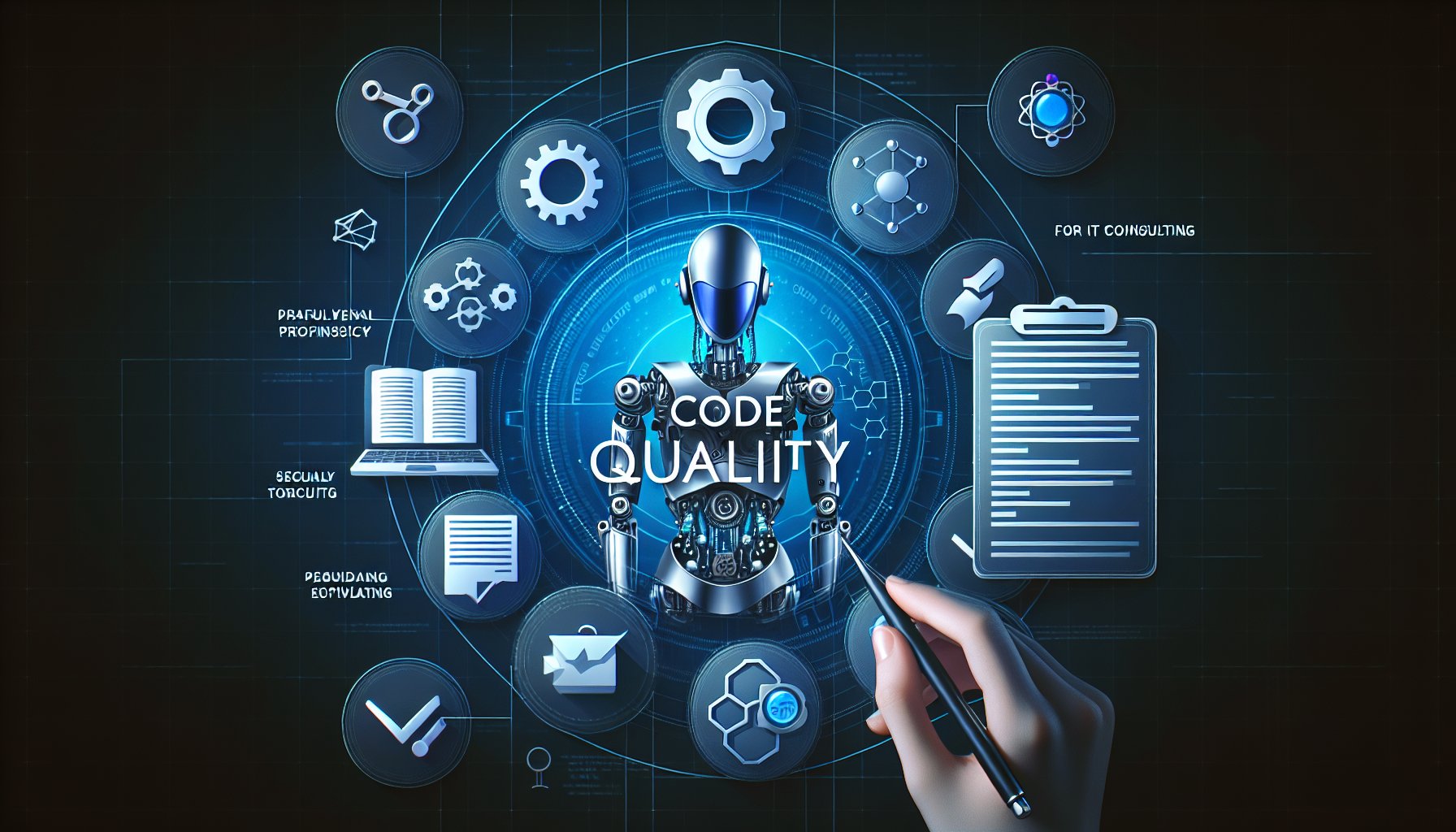Introduction
Code quality is the backbone of any successful software project. In the rapidly evolving IT landscape of 2025, maintaining superior code quality has become more critical than ever. This post explores the latest techniques and tools for enhancing code quality, focusing on innovative methodologies, modern industry standards, and emerging technologies.
The Importance of Code Quality
Code quality refers to the extent to which code conforms to industry best practices for readability, efficiency, and maintainability. High-quality code is not just a luxury; it's a necessity for long-term project success. It reduces the risk of bugs, facilitates easier updates, and encourages collaboration between team members.
Modern Development Methodologies
The ways we approach development have significantly evolved. Agile and DevOps have become industry standards, emphasizing iterative development, continuous integration, and regular deployment. These methodologies contribute to maintaining high code quality by promoting frequent code reviews, thorough testing, and rapid feedback loops.
Automated Code Reviews
Automated code reviews are a game-changer for maintaining code quality. Tools like SonarQube and Crucible now come with advanced features driven by Artificial Intelligence and Machine Learning. They can identify complex code patterns, potential security vulnerabilities, and areas for improvement that might be missed in manual reviews.
Example: Automated Code Review with SonarQube
```html
//Integrate SonarQube with your CI/CD pipeline
pipeline {
agent any
stages {
stage('SonarQube analysis') {
steps {
script {
scannerHome = tool 'SonarQube Scanner 3.3';
}
withSonarQubeEnv('My SonarQube Server') {
sh "${scannerHome}/bin/sonar-scanner"
}
}
}
}
}
```
This example shows how to integrate SonarQube with a CI/CD pipeline, allowing for continuous code quality checks.
Serverless Architectures
Serverless architectures have emerged as a powerful tool for improving code quality. By eliminating the need to manage server infrastructures, developers can focus more on the business logic and writing high-quality code.
Continuous Integration and Testing
Continuous Integration (CI) and continuous testing are integral to maintaining code quality. Tools like Jenkins and Travis CI automate the build and testing processes, ensuring that every code commit is validated for quality.
Example: Continuous Integration with Jenkins
```html
//Jenkinsfile for a Node.js application
pipeline {
agent any
stages {
stage('Build') {
steps {
sh 'npm install'
}
}
stage('Test') {
steps {
sh 'npm test'
}
}
}
}
```
This Jenkinsfile example demonstrates a basic CI pipeline for a Node.js application, ensuring every change is built and tested.
Conclusion: Staying Ahead of the Curve
As we navigate the dynamic landscape of IT development in 2025, maintaining high code quality is paramount for success. By embracing modern development methodologies, leveraging automated code review tools, adopting serverless architectures, and implementing continuous integration and testing, we can ensure our code is clean, efficient, and maintainable. Staying ahead of the curve means not just keeping up with these trends, but also anticipating and adapting to the next wave of innovation.
